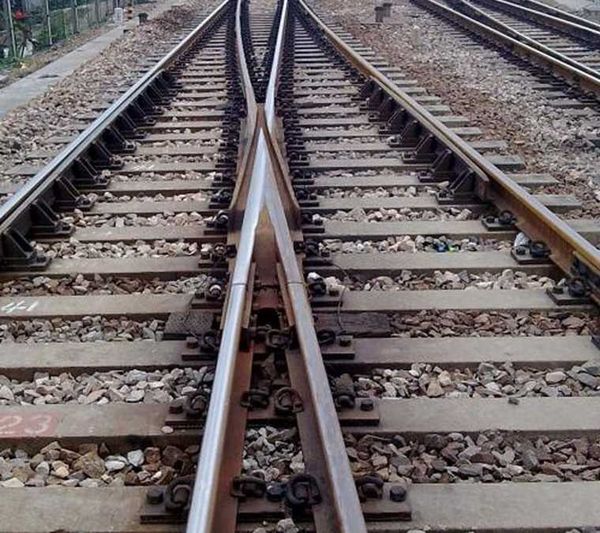How to Maintain the Railway Guard Rails(Protect Rails)

Guard rail, protect rails, or protective guarding refers to the steel rail that is laid on the inner side of the rail and does not bear the vertical load of the wheel. It has different functions according to different laying locations. The guard rail at the switch frog is laid on the inner side of the rail opposite to the harmful space of the frog to guide the wheel through the harmful space to avoid hitting the tip of the fork core. The guard rail on the bridge can prevent derailed vehicles from hitting the bridge or falling on the bridge Bottom; Laying guard rails on the inner side of the inner rail on a curve with a small radius can reduce the side wear of the outer rail.
Brief introduction
Guard rails are divided into five types: bridge guard rails, crossing guard rails, turnout guard rails, curved anti-wear guard rails, and curved anti-off-line guard rails. Guard rails generally require the use of old rails. The guard rail laid on the main line shall generally not be less than 38 kg/m. Guard rail joints should be connected by joint splints of the same rail type. The nut should be installed outside the rim groove.
When the rolling stock derails on the bridge head or on the bridge, the guard rail can guide and limit the derailed wheels to the rim groove between the guard rail and the basic rail and continue to roll out along the bridge, so as to prevent the rolling stock from deviating sideways and hitting the bridge or self-bridge falling up and down, causing serious accidents. In addition, it is also possible to help the wheels of derailed rolling stock to re-climb onto the foundation rail. So it is an important safety facility.
Laying range
Guard rails should be laid in the following sections:
(1)On the super bridge and the large and medium bridge.
(2)On small bridges with a length of 10 m and above, when the radius of the curve is less than or equal to 600 m or the bridge height (from the bottom of the track to the lowest point of the river bed) is greater than 6 m.
(3)Overpasses crossing railways, important highways, and urban traffic arteries.
(4)The lines on the multi-line bridge.
(5)On the track under the overpass. When the distance from the center of the track to the pillar of the overpass is less than 3.0 m.
(6)When the shoulder retaining wall and its two ends are within 5 m range, when the top of the wall is 6 m above the ground, and there is a cliff or ridge below the wall site or a mountain slope with a ground cross slope greater than 1:0.75, and the continuous length is greater than 20 m .
(7) Within the width of the crossing pavement.
Maintenance work
(1) Always keep the installation of guard rail fish bolts, spikes and base plates in compliance with regulations, intact and without failure.
(2) Always keep the distance between the guard rail and the basic rail and the rail top height difference in compliance with the regulations, and the guard rail is parallel to the basic rail. The height of the bridge deck guard rail is insufficient. When using the wooden base plates, its length should not be shorter than 2 bridge sleepers, the joints should be on the bridge sleepers, the wooden base plates should be treated with anti-corrosion treatment, and the space where the bottom of the rail is suspended more than 5 mm should not exceed 5%.
(3) In the automatic blocking section, there should be a clear distance of no less than 15 mm between the guard rail base plate (or spike) and the basic rail baseplate.
(4) The guard rail plywood should be greased during maintenance. The wrong tooth of the joint on the side of the basic rail is not more than 5 mm.
(5) At the place where the expansion adjuster is installed on the large-span steel bridge, the guard rail expansion and contraction should be normal. If the guard rail crawls, the rail should be pulled and the anti-climbing device should be installed properly.
(6) Keep the shuttle heads firmly connected, and the original wooden shuttle heads should be replaced gradually. The shuttle head should be placed on the sleeper, and the tip should not be more than 5 mm floating.

